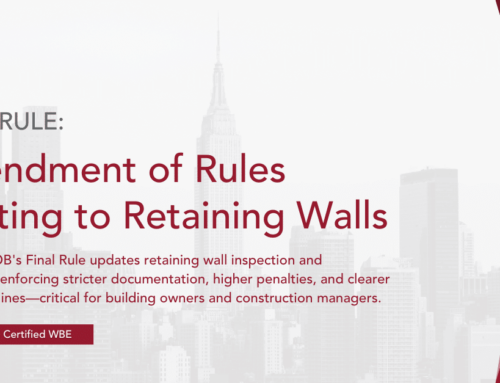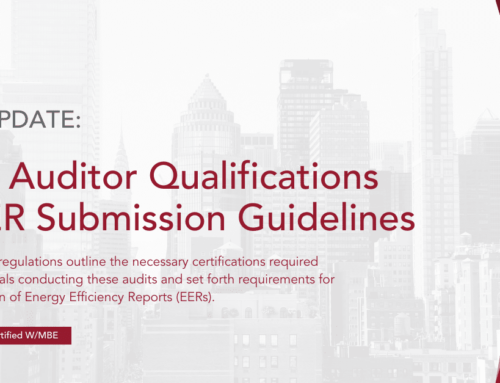The construction industry’s nonfatal injury and illness rate—a key construction safety indicator—edged down last year, though the total number of those incidents rose, the Labor Dept. has reported.
The Bureau of Labor Statistics’ latest annual report on nonfatal occupational injuries and illnesses, released on Oct. 27, shows that private-sector construction posted a rate of 3.5 such “recordable incidents” per 100 full-time-equivalent workers last year, a slight improvement over 2014’s 3.6. (View report here. See Table 1, p. 6 for private-sector construction rates.)
The industry’s 2013 rate was 3.8. BLS also reported that the 2015 rate for all U.S. industries improved to 3.0, from 3.2 in the previous year.
Kevin Cannon, Associated General Contractors of America senior director for safety and health services, says, “I find it to be encouraging that the [construction incident rate] numbers are trending downwards.”
Cannon adds, “I think it shows that contractors are continuously looking for ways to improve their performance in the area of safety and health, whether it’s better engaging the employees or employing new technology.”
The BLS report also shows that construction had 204,700 jobsite nonfatal Injuries and illnesses in 2015—up 1.9% from 2014’s 200,900. The industry’s 2013 total was 203,000. But with more construction workers on the job last year, the incident rate declined.
Greg Sizemore, Associated Builders and Contractors vice president of health, safety and environment and workforce development, said via email that though his group ”welcomes the news that construction jobsites have become safer over the past several years, we believe that even one incident is too many.”
Sizemore added that ABC has found that using a proactive approach, through substance-abuse programs, safety orientations for new hires and investigations of near-miss incidents, reduces the number of BLS recordable incidents by as much as 86%.
Christine Trahan Cain, deputy director of CPWR-the Center for Construction Research and Training, Silver Spring, Md., said via email, “While the numbers [of incidents] are still high, we are happy to see the injury and illness rates decline in the construction industry.” She added, “We hope our and our partners’ ever-increasing intervention efforts to encourage the elmination of hazards are making a difference in the rates of injuries.”
But she also pointed out that construction had nearly 80,000 severe, lost-workday injuries on jobsites last year and that the industry’s injury-illness rate remains higher than the overall U.S. rate. Trahan Cain added, “We definitely need to continue watching this and trying new things in the industry to reduce worker exposures to hazards. We still have a long way to go.” CPWR is a safety and research organization affiliated with construction labor unions.
The Occupational Safety and Health Administration also noted that the overall 2015 injury and illness rate was the lowest since at least 2002. OSHA’s chief, David Michaels, said in a statement that the agency is encouraged to see the overall improvement in the national rate. But Michaels noted that that there were about 2.9 million private-sector workers who were hurt or became ill on the job in 2015.
“That is still too many,” he said. “At OSHA, we will continue to do all that we can to continue driving the rate down.”
Read more from Engineer News-Record…





